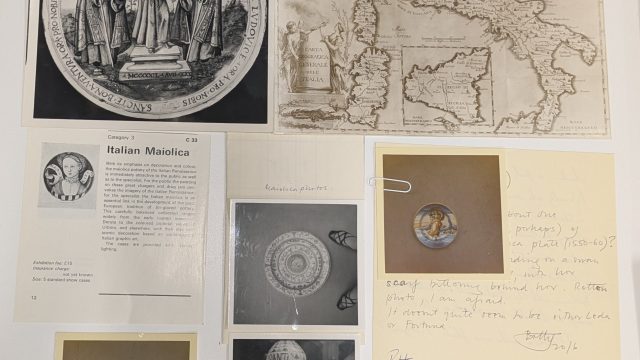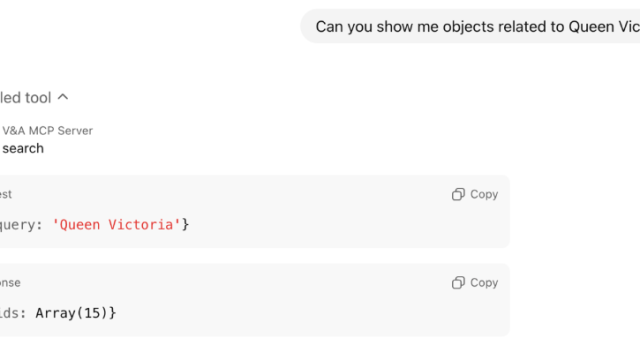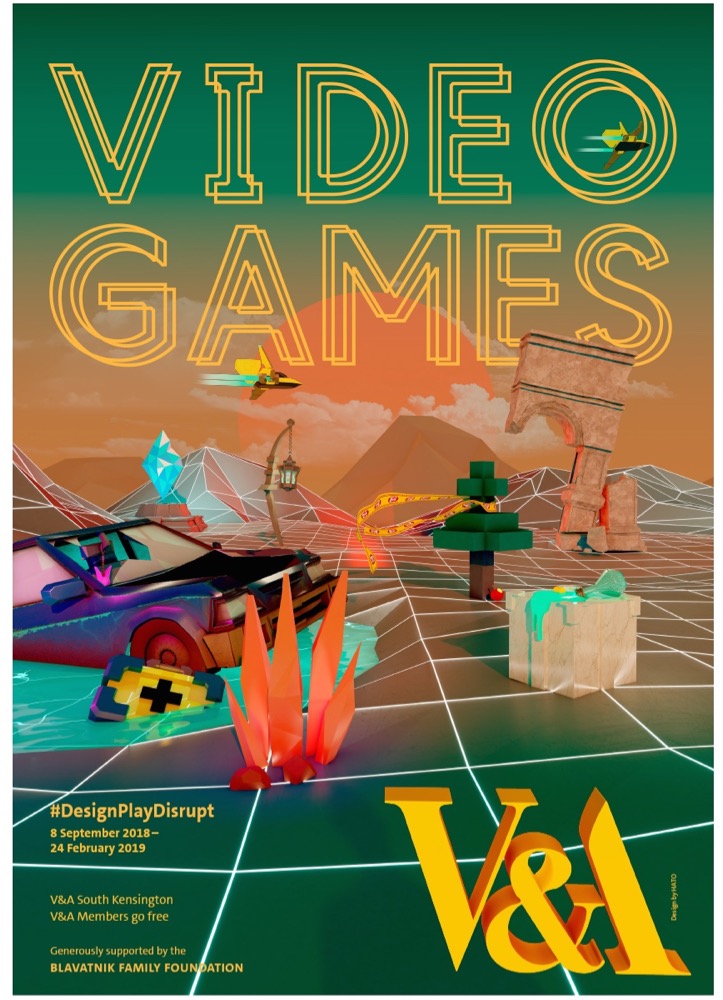
There are an estimated 2.2 billion people who play videogames in the world today, from those on their mobile phones sneaking five minutes of play into their commute, to the tens of thousands of spectators who fill Olympic stadiums to watch eSports professionals. Sales figures often outstrip blockbuster films, yet the skill and craft at the heart of every game can’t be conveyed though numbers alone. Indeed, videogames are a complex and creative field. They are where objective and rational system design meets subjective emotional and aesthetic design; where engineering meets composition; where technology meets art. All of these different elements are considered in our exhibition Videogames: Design / Play / Disrupt.
Whether you’re approaching our exhibition with expert knowledge of this field, or simply an air of curiosity, our exhibition book reaffirms the medium’s place as an essential part of design history with contributions from critics, designers and curators. However, for the project manager who coordinated it (from cover artwork, imagery and content to design and layout), the book presented new challenges that don’t occur when your subject is, say, William Morris.
So — straight from the horse’s mouth — here are six unexpected challenges our team encountered while trying to publish a book about videogames
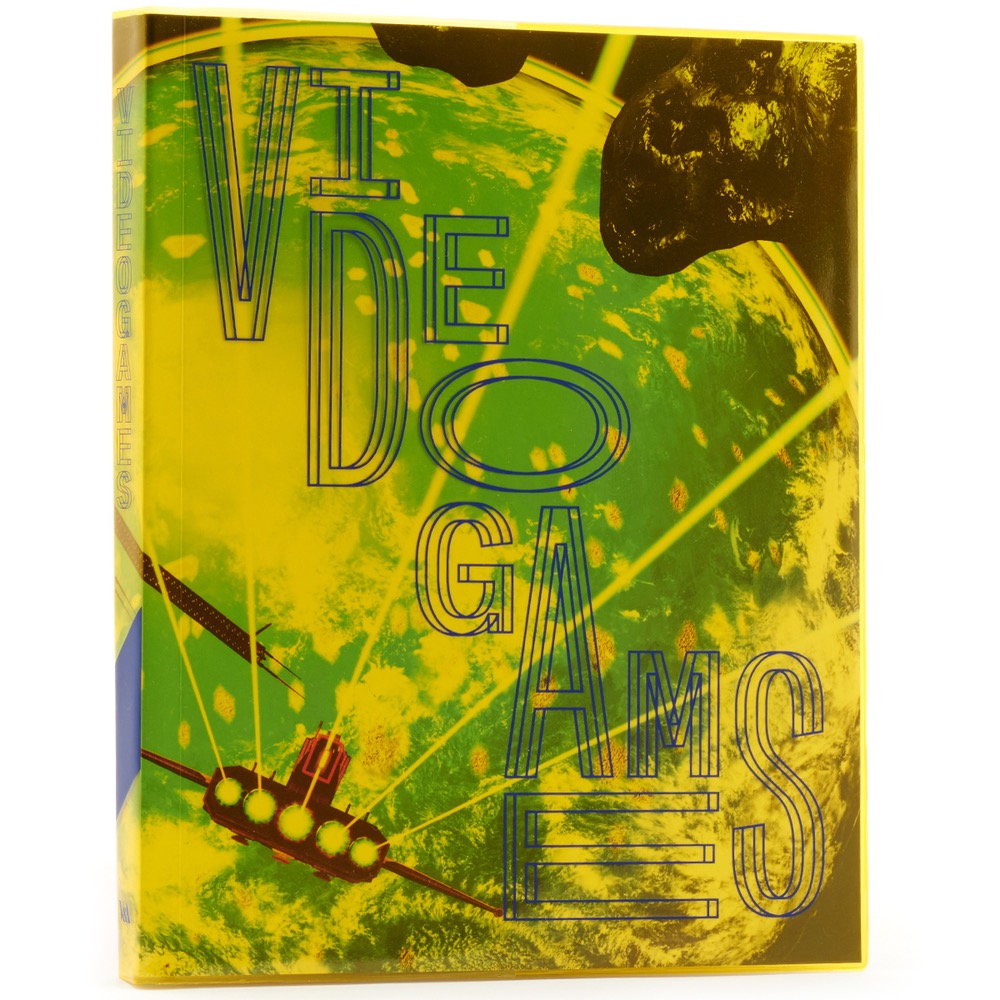
The cover
The cover image is taken from No Man’s Sky – a game that uses algorithms to create its visuals through a technique called procedural generation. The game has 18+ quintillion planets and it would take a single payer 584 billion years to visit each planet in-game. What we’re saying is, it took a while to get the precise image we wanted for the cover!
The jacket
The book is sold with a yellow plastic jacket (which is recyclable) and can be removed. All the text is screen-printed onto the jacket (rather than the book’s cover), so that if you want to remove it, you can just have a beautiful, unbroken image of space exploration on the cover.
The font
Our book designer, Darren Wall, has a lot of experience creating videogames-based publications, and he incorporated a variety of cool design elements. The display font was especially designed for this book and is based on wireframes (the skeletal framework used for 3D modelling), similar to what videogames designers use to create games.
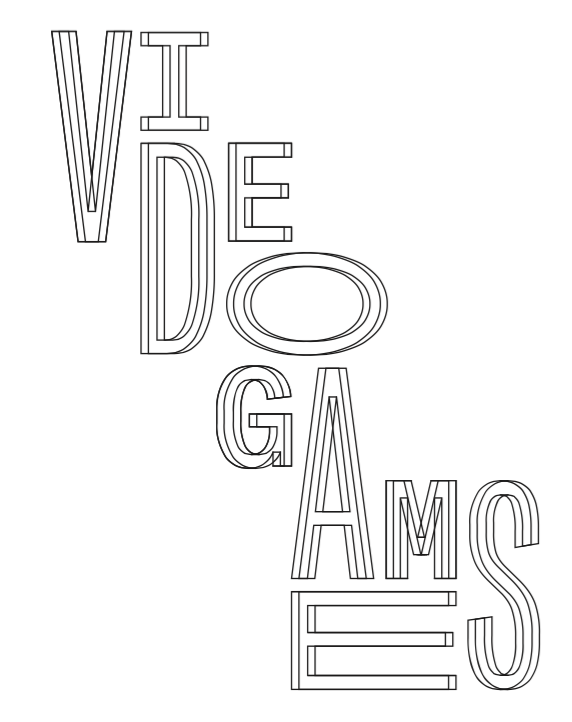
The images
It’s often difficult to get print-quality images from videogames – normal screen shots just don’t cut it sometimes. So, we employed screen-shot artist Duncan Harris (DeadEndThrills) to create and enhance beautiful images for the book – you can see these in the Kentucky Route Zero, Minecraft and No Man’s Sky chapters.

The rights
Encapsulating a sophisticated digital art form in print meant collecting and clearing images from a huge number of sources – from preparatory drawings and early sketches direct from the designers’ studios (Journey, Bloodborne and The Last of Us), to sources of inspiration such as Rene Magritte’s painting Le Blanc-Seing from the National Gallery of Art in Washington (which inspired Kentucky Route Zero) and the artworks created by fans of the game Overwatch.
The essays
There are 15 chapters, all by different authors, each focussing on a different game, with themes including pioneering videogame design, fashion, sexuality, violence, community and cosplay. Content that certainly kept our proofreader on her toes.
Shop the Collection online
Buy the exhibition book online and browse the range
Shop videogames ▸
